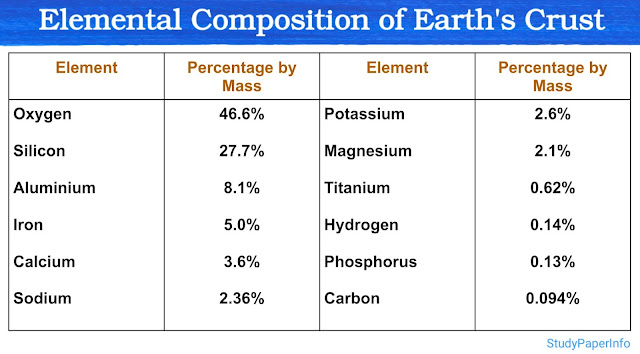Describe what happens when a nonsense mutation is introduced into the gene encoding transposase within a transposon
Transposons, also known as jumping genes, are segments of DNA that can move from one position in the genome to another. This movement depends on a special enzyme called transposase, which is produced by a gene located inside the transposon itself. The transposase enzyme performs important functions like cutting the transposon from one place and helping it to insert into another. For the transposon to move, the transposase must be produced correctly and completely. When a nonsense mutation occurs in the transposase gene, it replaces a codon that normally codes for an amino acid with a stop codon. This causes the ribosome to stop protein synthesis early, resulting in a shortened and usually non-functional transposase enzyme. This leads to several important changes inside the cell. These changes are mainly: 1. Early Termination of Transposase Production The nonsense mutation introduces a premature stop codon in the transposase gene. Thi...


